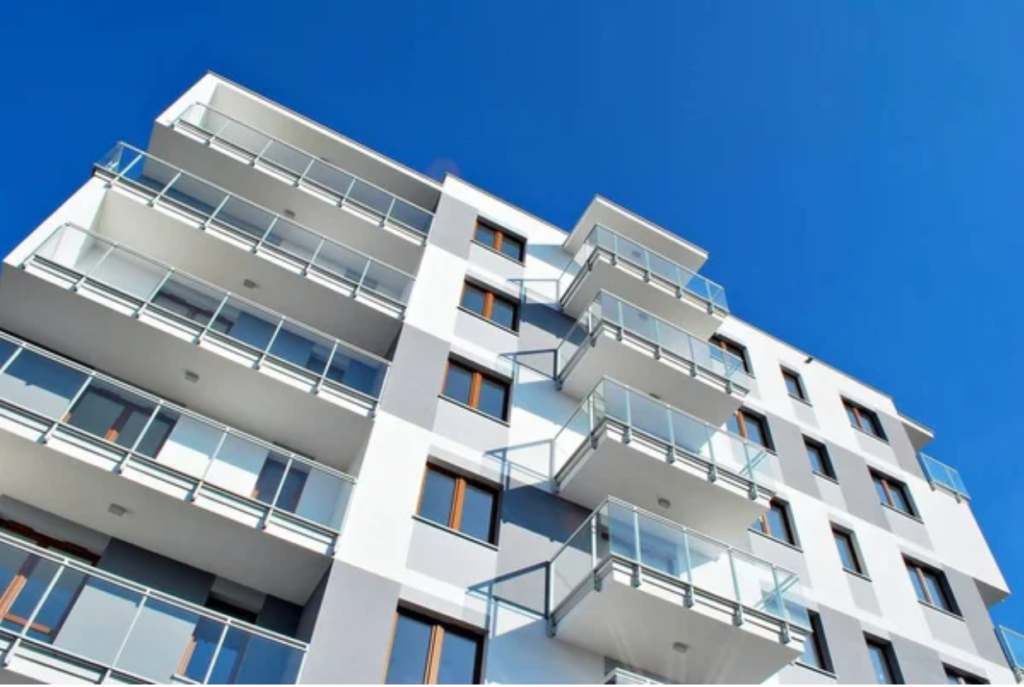Energy is one of the key players driving the economy worldwide. The need for sustainable energy buildings is also becoming more and more a necessity, since almost 40% percent of CO2 emissions is attributed to the built environment [exa23]. The ability to replicate how a building performs in the real world is a mission critical tool that can enable users to virtually test and monitor the impact of different energy consumption reduction techniques, towards deciding about the optimal approach to be applied.
With the advancement of technology and especially in the fields of machine learning and artificial intelligence, we now have new mechanisms to tackle the aforementioned problem. For example, now, with the use of “Digital Twins” we are able to create virtual 3D models that effectively behave the same way a building would behave in the real world [exa23]. This is essential, since it allows for monitoring and simulation of a building’s energy behavior and optimization of its performance, leading not only to a reduction of its energy consumption, but also of its carbon footprint.

A Digital Twin relies on models, and typically, modeling building thermal behavior can be classified
into 3 categories:
- White – Box: This case requires prior knowledge about the building’s parameters. It’s basically a model that relies on physics principles, such as conservation of momentum, energy and mass [LOZ+21]. Although simulations using white-box models are highly accurate they are time consuming and computationally expensive as well.
- Black-Box: This is a purely data driven approach where no prior knowledge about the building behavior is assumed. Models based on this approach, usually have a low engineering cost, however they usually suffer from lack of interpretability. In addition, high quality data and measurements are needed, otherwise they resulting trained models are of low quality [LOZ+21].
- Grey-Box: This type of a model can be thought of as hybrid of a white-box and black-box model. It is also known as a reduced order model and it brings the best of both worlds. On the one hand interpretability and on the other computational efficiency. The most typical example of a grey-box model is a resistance-capacitance (RC) model. Using a RC model a building or a room is effectively modeled as a network of resistances and capacitances. For example, a window
could be modeled as a resistance as shown in Figure 1.

Figure 1: A window model 1R0C with terminals Tout and Tin
RC models are typically represented in the form xRyC where x denotes the number of resistances and y the number of capacitances. These models are basically described by a set of Ordinary Differential Equations (ODEs), where the order of the ODE corresponds to number of capacitances in the network. Due to the several advantages that these models have to offer, they have been applied in several applications including, but not limited to, heat dynamics, thermal load estimation, control and optimization [LOZ+21].
In the context of AI-DAPT, researchers of the DOMX startup [DOM] are experimenting with combining RC models (grey-box) with neural networks (black-box), in order to develop “hybrid” models. A plurality of building performance data are beeing collected in real-time through the company’s smart HVAC controller that has been deployed at participating Greek pilot households. The device is able to capture essential parameters, such as indoor and outdoor temperature, user comfort limits and device level energy consumption, among others, on top of which classic neural networks, such as LSTMs and GRUs are being employed for forecasting the prevailing indoor temperature and energy consumption, under the application of various configurations of the heating and cooling systems. In addition, RC models with their ability of modeling states of a system, which can’t be measured directly, are effectively used to develop a hybrid model that is able to deliver improved prediction accuracy, training data efficiency and robustness.
References
[DOM] DOMX website. https://www.domx.io. Accessed: 2024-07-15.
[exa23] Digital twins are helping real-world buildings achieve huge carbon efficiencies.
https://www.reuters.com/plus/tbd-media-group/vision2045-1st-edition/digital-twins-are-helping-real-world-buildings-achieve-huge-carbon-efficiencies, April 2023.
[LOZ+21] Yanfei Li, Zheng O’Neill, Liang Zhang, Jianli Chen, Piljae Im, and Jason DeGraw. Greybox modeling and application for building energy simulations-a critical review. Renewable and Sustainable Energy Reviews, 146:111174, 2021.
